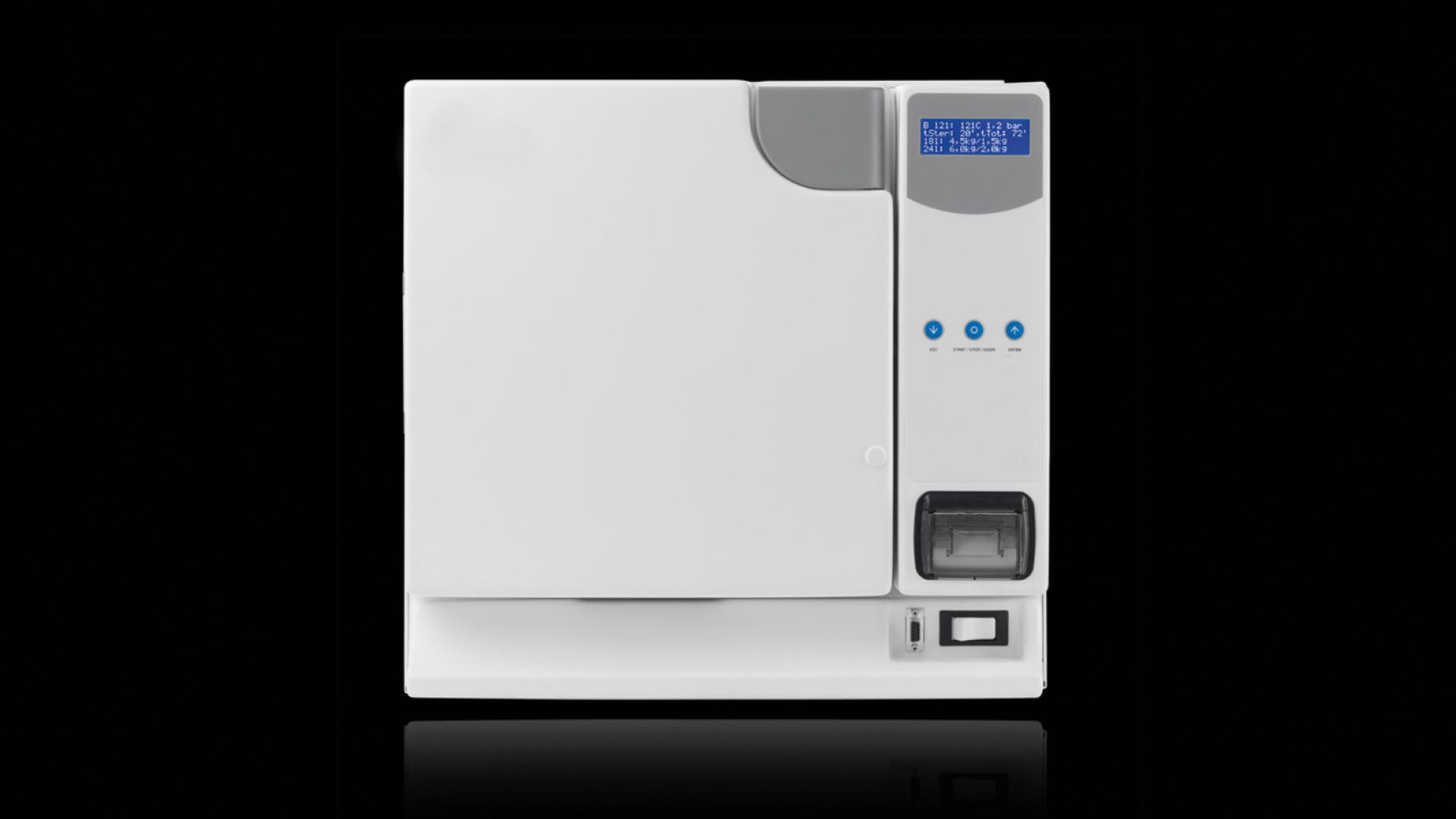Application note
Safe hardware and software for a medical sterilizing autoclave
Latest improvements to the design process of a sterilizing machine lead to full compliance to regulations while maintaining easy of operation and sustainable periodic servicing. Several different models and options were developed, with defects during their life cycle kept under negligible values.

Overview
The quality of the vapour phase determines the efficiency of a sterilization process and therefore the safety of patients.
This is the reason why during the design of this autoclave the manufacturer decided to add a series of essential hydraulic devices in order to obtain a high quality vapour, such as an integrated steam generator and air/water separator. For the same reason the electronic parts and software responsible for the sterilization process need to be complex and safe at the same time. Real time floating point calculations, high precision measurements and coordinated control of electromechanical parts are among the tasks continuously performed by the two microprocessors that cooperatively supervise the hydraulic components.
Solution
The design process of this medical device need to follow all the relevant rules of ISO 17665 norm. The final solution adopted here is a combination of two microcontrollers from the highly reliable Infineon XMC4000 family coupled to the adoption of design methods that include:
- split functionalities between the two microcontrollers
- real time operating system
- formal description of the process using UML
- automatic software generation from the model where applicable
- proof of correctness by unit test
- close integration with an automated test and calibration station designed by the same team
- continuous delivery of software during the development, with twelve test stations constantly running sterilization processes
The outcome of this successful architecture is reiterated design of several different variations of the same model and easy integration of new functionalities. This is possible without ever interfering with the correctness and provability of the sterilization process.

